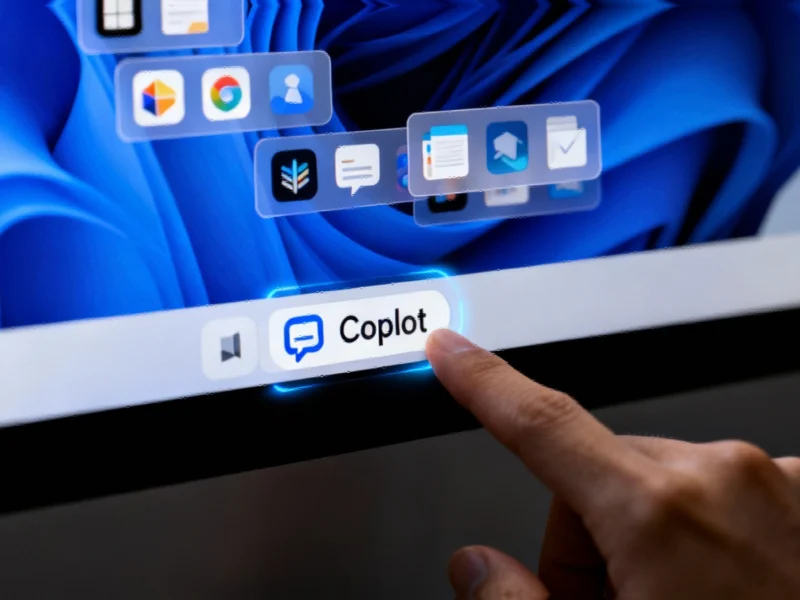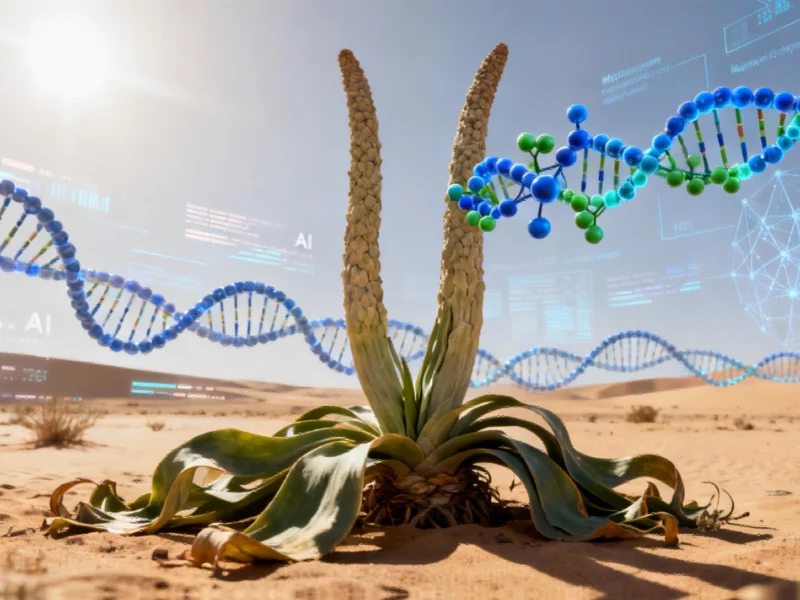{“@context”: “https://schema.org”, “@type”: “NewsArticle”, “headline”: “DeepSeek’s OCR Breakthrough Challenges AI’s Text Processing Paradigm: Could Visual Data Replace Traditional To”, “image”: [], “datePublished”: “2025-10-20T23:27:37.798200”, “dateModified”: “2025-10-20T23:27:37.798200”, “author”: {“@type”: “Organization”, “name”: “Tech News Hub”}, “publisher”: {“@type”: “Organization”, “name”: “Tech News Hub”}, “description”: “The Compression Revolution in AI Text Processing In a groundbreaking development that could reshape how artificial intelligence systems process textual …”}
The Compression Revolution in AI Text Processing
In a groundbreaking development that could reshape how artificial intelligence systems process textual information, DeepSeek has introduced a novel approach that treats Optical Character Recognition (OCR) as a form of optical compression. This innovative methodology represents a significant departure from conventional large language model processing, potentially addressing one of AI’s most persistent challenges: the quadratic scaling problem that plagues traditional text token processing.
Table of Contents
The core innovation lies in DeepSeek-OCR’s ability to represent text visually rather than processing each token individually. Where standard LLMs must handle text tokens directly—leading to computational requirements that increase quadratically with text length—the new approach processes text as visual information, fundamentally changing the input paradigm for language models.
Technical Breakthrough: Beyond Traditional OCR
While DeepSeek-OCR functions as a competent OCR model, potentially slightly behind industry leaders in pure recognition accuracy, its true significance extends far beyond conventional optical character recognition. The system’s ability to treat entire pages as visual inputs rather than sequential text tokens suggests a fundamental rethinking of how AI should process written language.
The most compelling aspect of this research addresses a question that has been quietly circulating in AI research circles: are pixels actually superior inputs for LLMs compared to processed text tokens? This challenges the foundational assumption that text must be tokenized before processing, suggesting instead that visual representation might be more computationally efficient and information-rich.
The Computational Efficiency Argument
Traditional language models face severe limitations when processing long documents due to the quadratic scaling of attention mechanisms with sequence length. Each additional token increases computational requirements disproportionately, making lengthy documents prohibitively expensive to process. DeepSeek’s visual approach potentially circumvents this bottleneck by treating text as a two-dimensional visual pattern rather than a one-dimensional sequence., according to market analysis
This methodology raises profound questions about the nature of text representation in AI systems. If text tokens are indeed “wasteful and terrible at the input,” as some researchers speculate, this could explain why current LLMs struggle with certain types of document analysis and why visual approaches might offer superior performance for specific applications., as covered previously
Industry Implications and Future Applications
The implications of this research extend across multiple domains:
- Document Processing: Revolutionizing how AI systems handle contracts, legal documents, and historical archives
- Computational Efficiency: Potentially reducing the computational resources required for processing lengthy texts
- Multimodal AI: Bridging the gap between pure vision and pure language models
- Archival Research: Enabling more efficient analysis of scanned documents and historical texts
What makes this approach particularly compelling is its timing. As the AI industry grapples with the enormous computational demands of training and running increasingly large models, efficiency breakthroughs like DeepSeek’s optical compression could provide a much-needed path toward more sustainable AI development.
The Research Community’s Response
Early reactions from the computer vision and NLP research communities suggest this approach has sparked significant interest. Researchers who have traditionally worked in computer vision see potential validation of long-held beliefs about the richness of visual information, while NLP specialists are cautiously optimistic about the efficiency gains.
The debate now centers on whether this represents a fundamental shift in how we should architect AI systems or simply an optimization for specific use cases. What’s clear is that DeepSeek has opened an important conversation about the very nature of text representation in artificial intelligence systems.
As the research community digests these findings, the coming months will likely see increased experimentation with visual text representation approaches. Whether this becomes the new standard or remains a specialized technique, it undoubtedly represents an important step forward in making AI systems more efficient and capable when working with textual information.
Related Articles You May Find Interesting
- Yen’s Political Crossroads: How Japan’s Leadership Shift Could Reshape Monetary
- AI Governance: The New Frontier in Financial Compliance and Control
- Ticketmaster’s Policy Shift Spurs Broader Tech Industry Scrutiny on AI Governanc
- AI-Driven Trading Sparks Unprecedented Message Surge at NYSE, Reports Show
- The AI Readiness Crisis: Why 87% of Businesses See Transformation But Only 13% C
References & Further Reading
This article draws from multiple authoritative sources. For more information, please consult:
This article aggregates information from publicly available sources. All trademarks and copyrights belong to their respective owners.
Note: Featured image is for illustrative purposes only and does not represent any specific product, service, or entity mentioned in this article.



